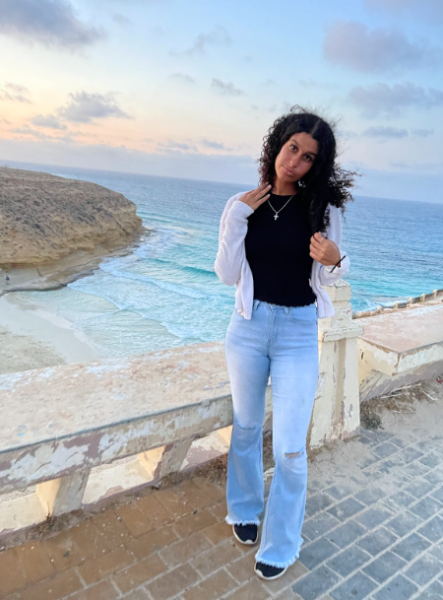The Darkness of December

Image courtesy of Carol Graise
As the cold creeps in, the darkness follows. The end of Daylight Saving Time (DST) plays a role in this darkness. The non-DST time period is typically called Standard Time. Sometime in November, all clocks get set back an hour. This causes the days to seem shorter and the sun sets around 5 pm. By this time around, the darkness begins to settle at 4:30 pm.
Setting the clocks back may seem like no big deal – but it sure does have an impact. The switch between times can cause a lack of sleep and tend to make a person tired very early on. In addition to that, some people feel that Standard Time restricts them, and when everything is completely dark, it’s time to go home and go straight to bed! Going to bed early is a great idea, but not 6PM early. Lots of people, especially students, find themselves battling with not napping or just closing their eyes for one second.
Not only do sleep schedules get messed with but as previously mentioned before, people’s social lives are restricted. Although Standard Time, also known as winter time, only lasts about 4 months, it’s super limiting! No more activities that are outside at 5PM or eating outdoors unless you want to get pneumonia. Plans tend to be at an earlier time because everyone just wants to go home and to their beds!
The flip side of this could be that because it’s getting colder, it’s better for the darkness to come earlier. Some people enjoy the fact that the dark takes over at an earlier time and they have the opportunity to relax and sleep early should they desire. It could be that certain people like it when it’s brighter in the morning because they’re more early birds and this schedule of bright at 6:30AM, and dark at 4:30PM is just more sufficient. To each their own!
Ask yourself, what type of person are you? Do you enjoy the long summer days and miss when the sun would set at 8PM? Or, do you enjoy the Christmas vibe of winter weather when the sun sets at 5PM? Should the time always be on Standard Time or on Daylight Savings Time?






